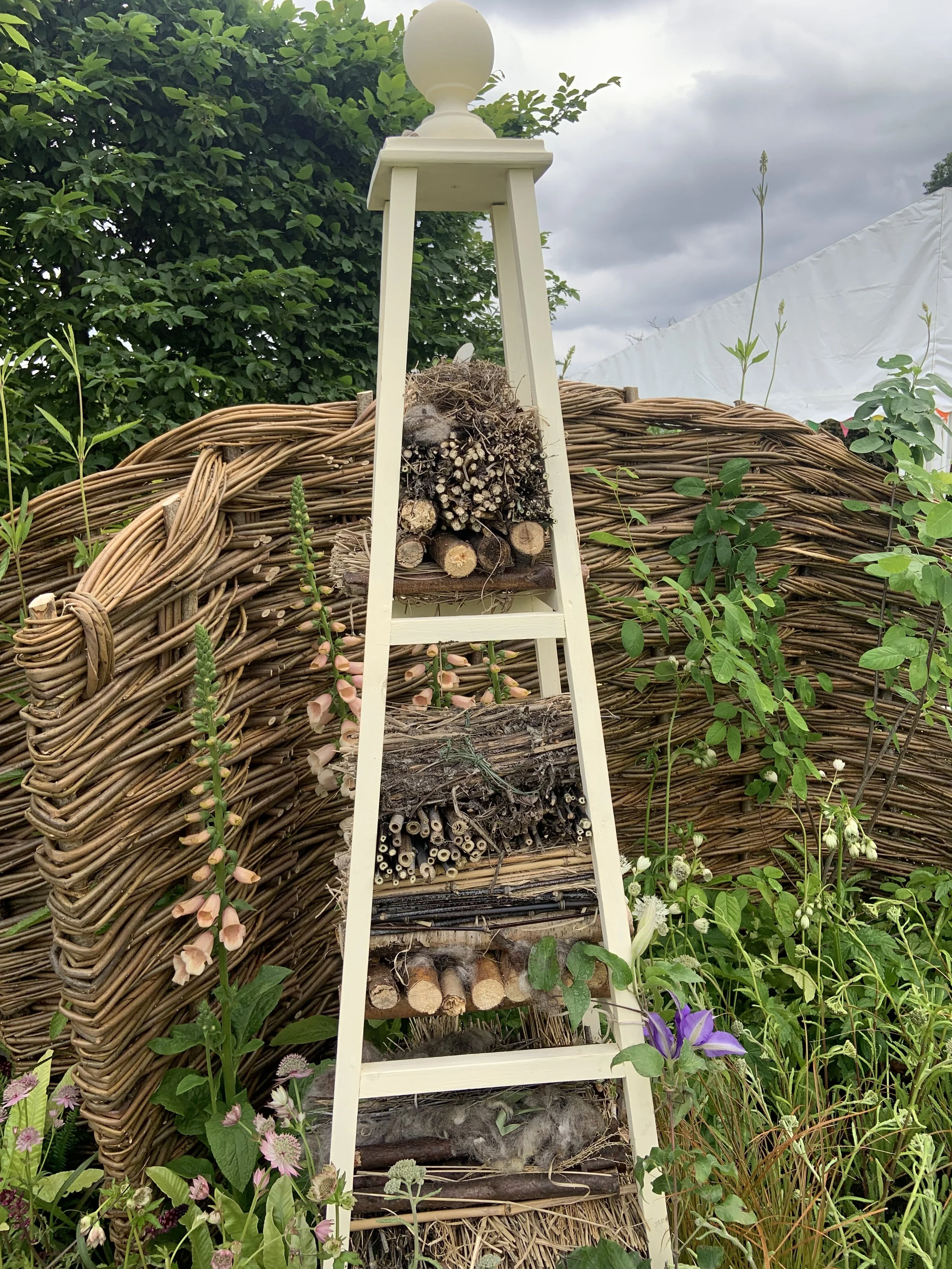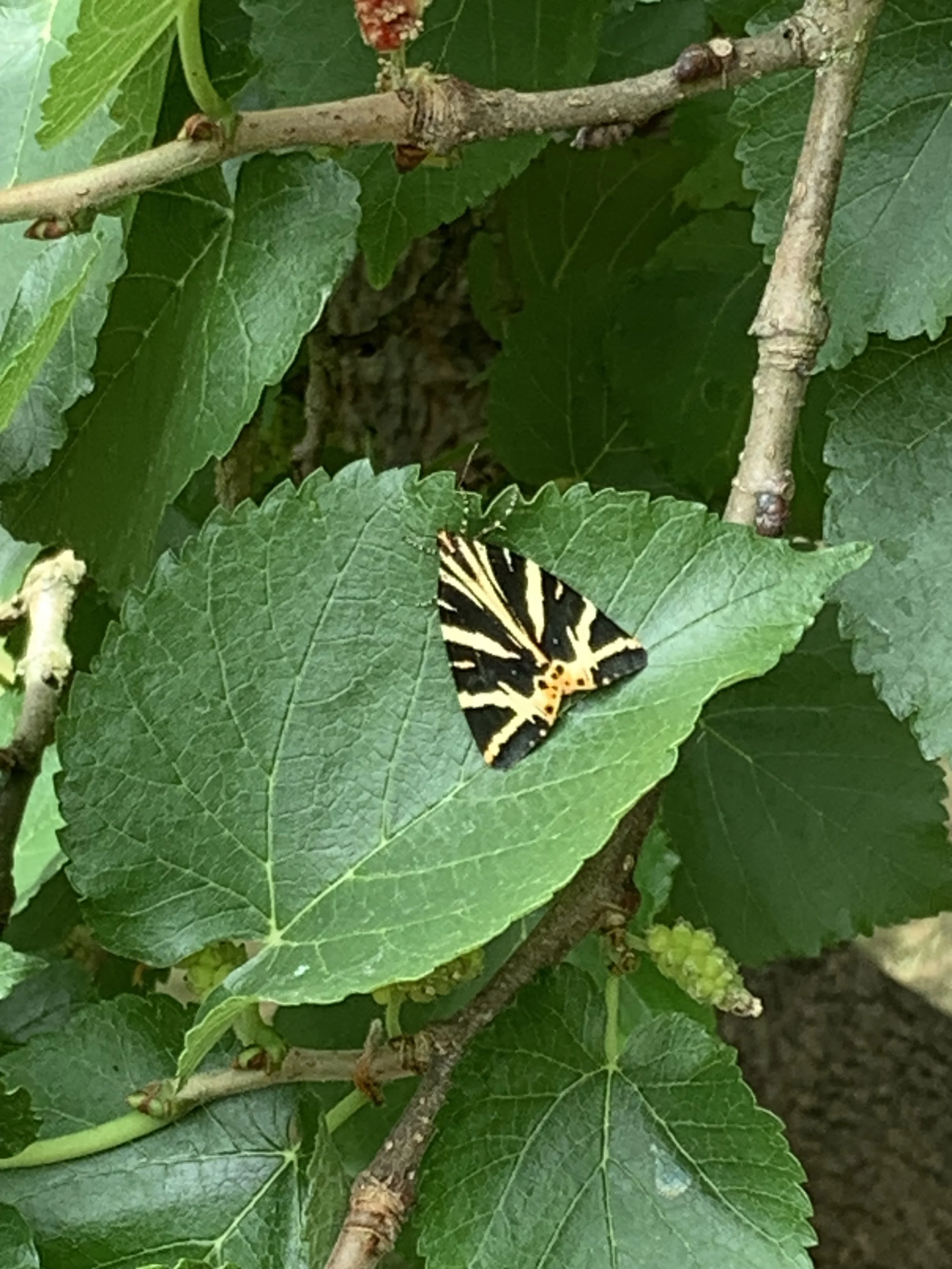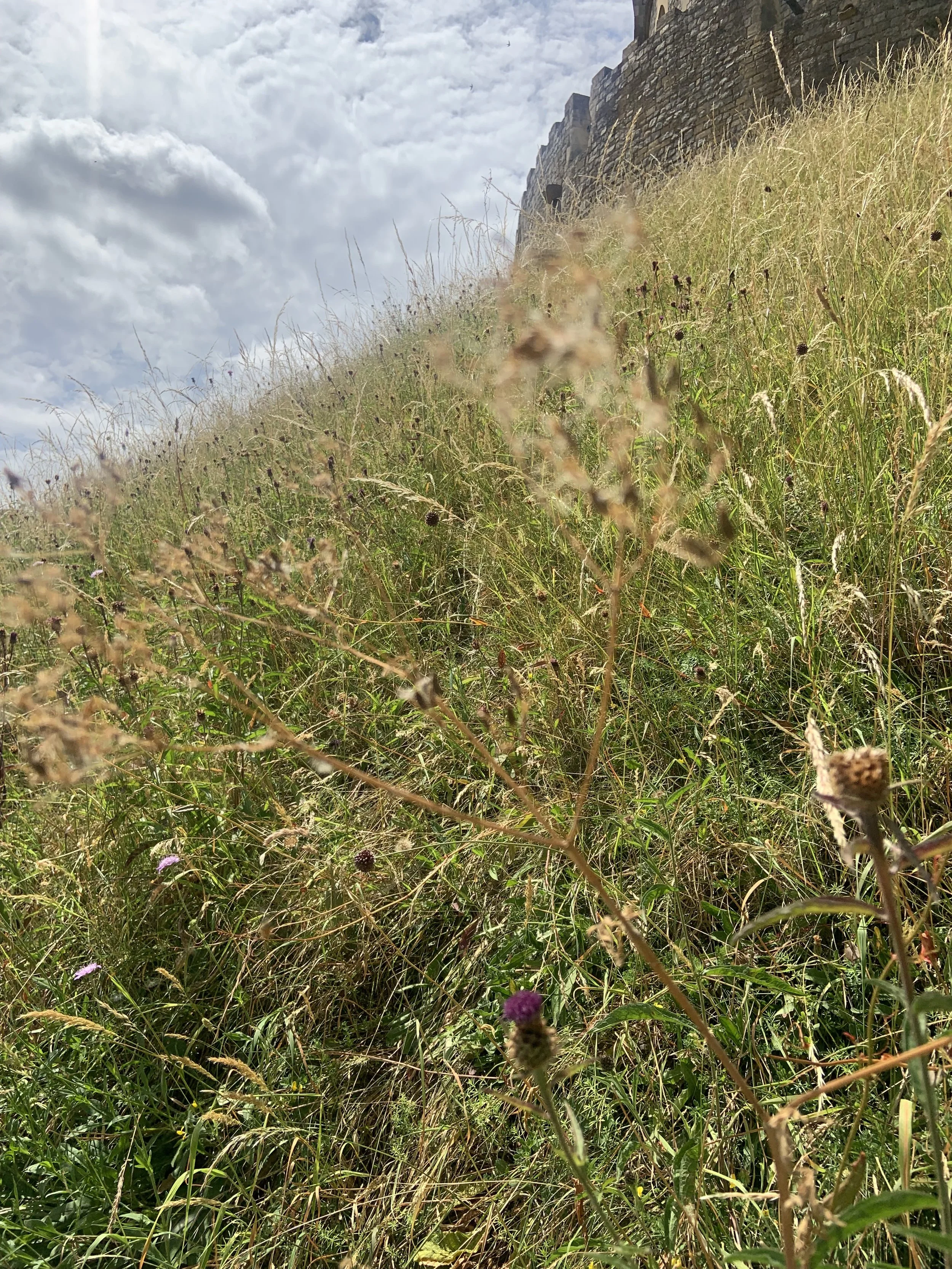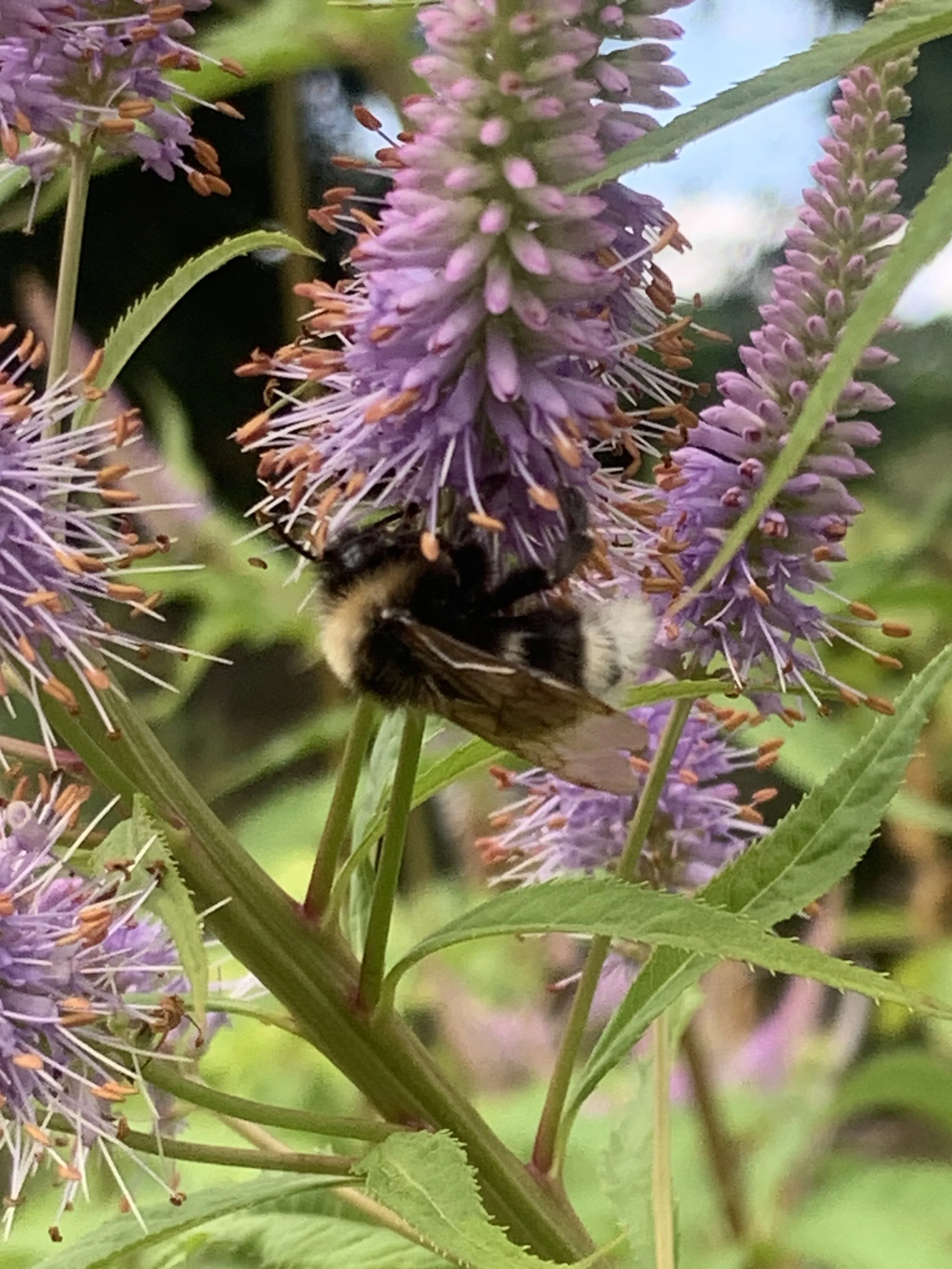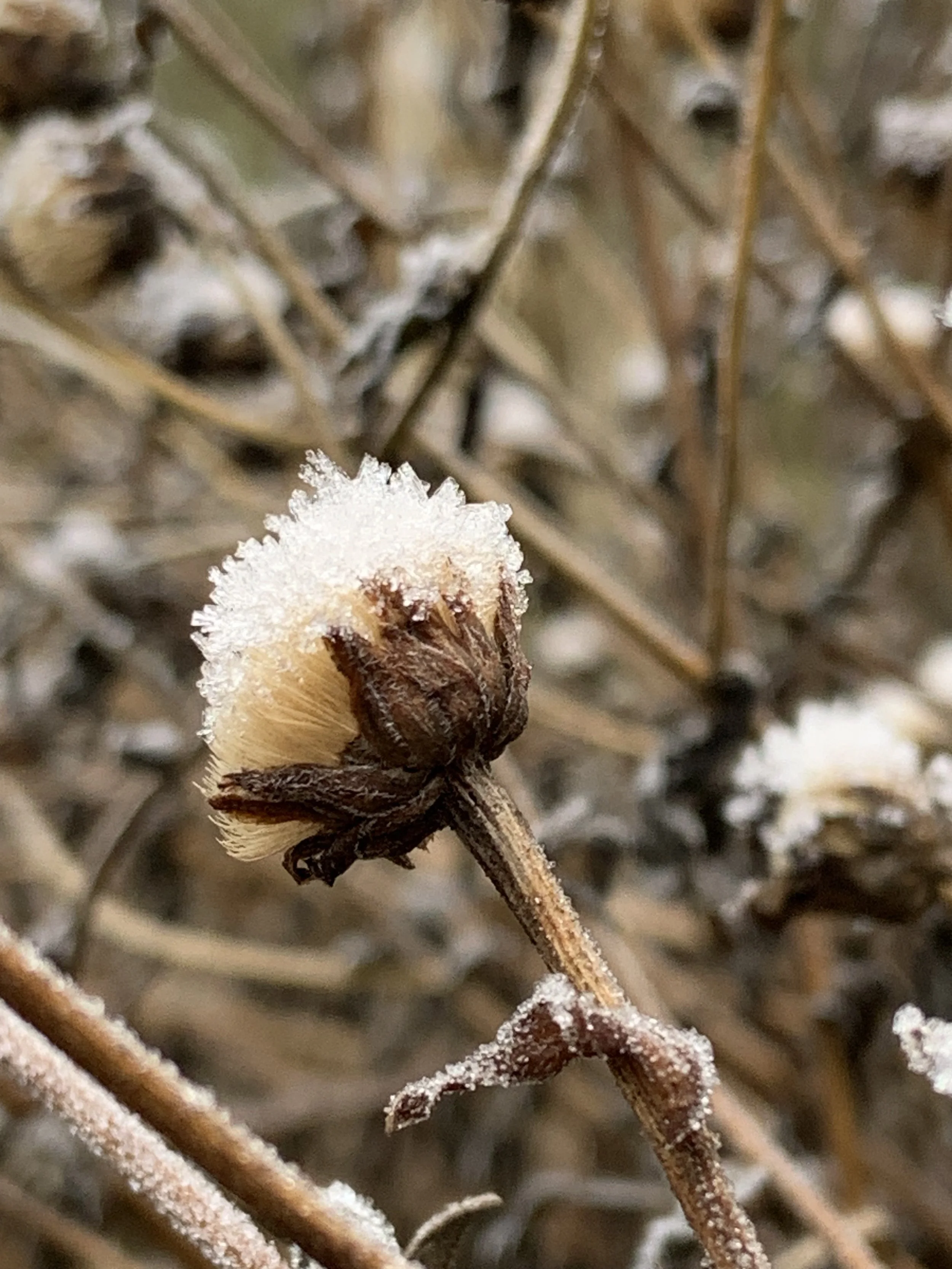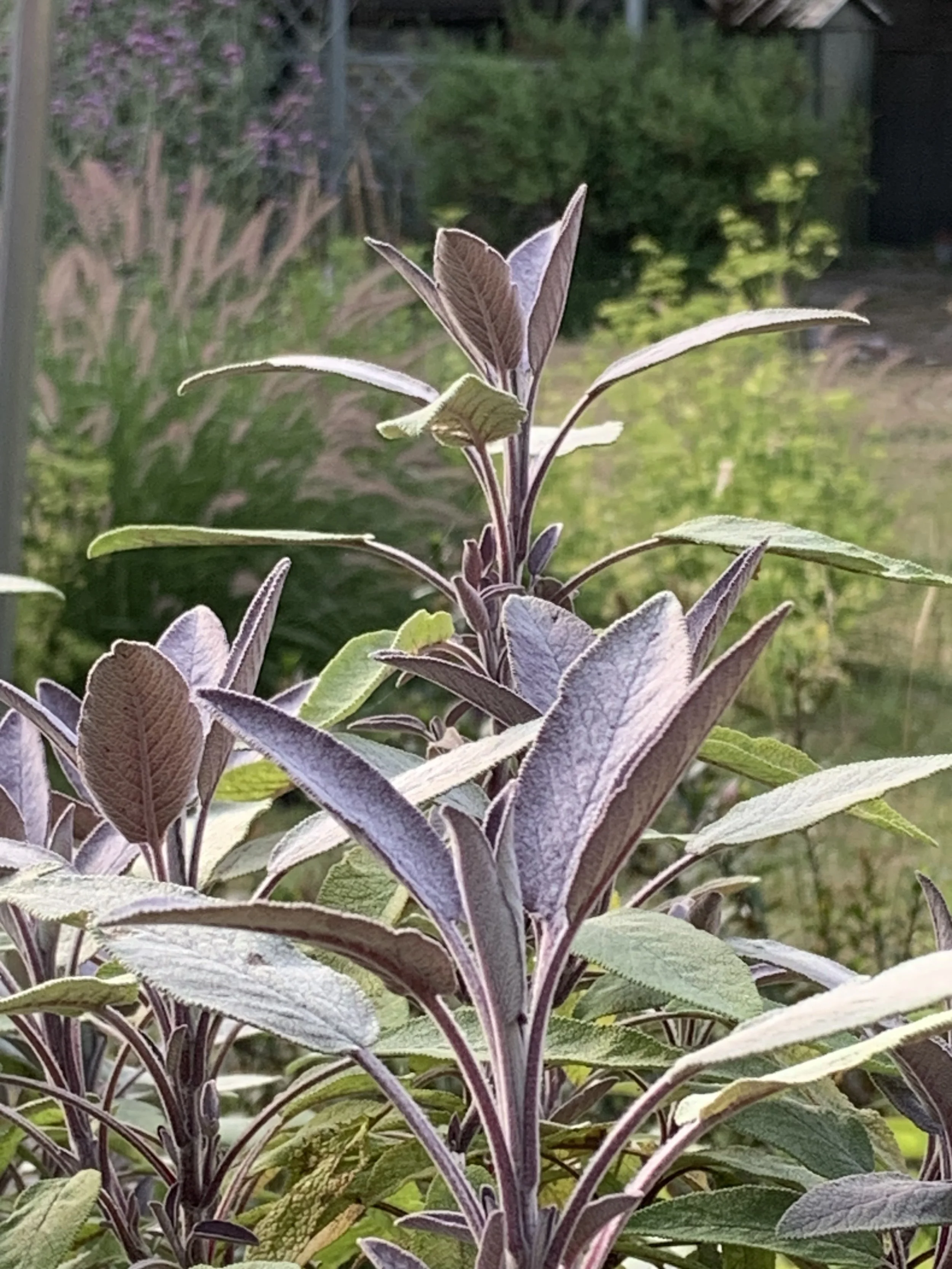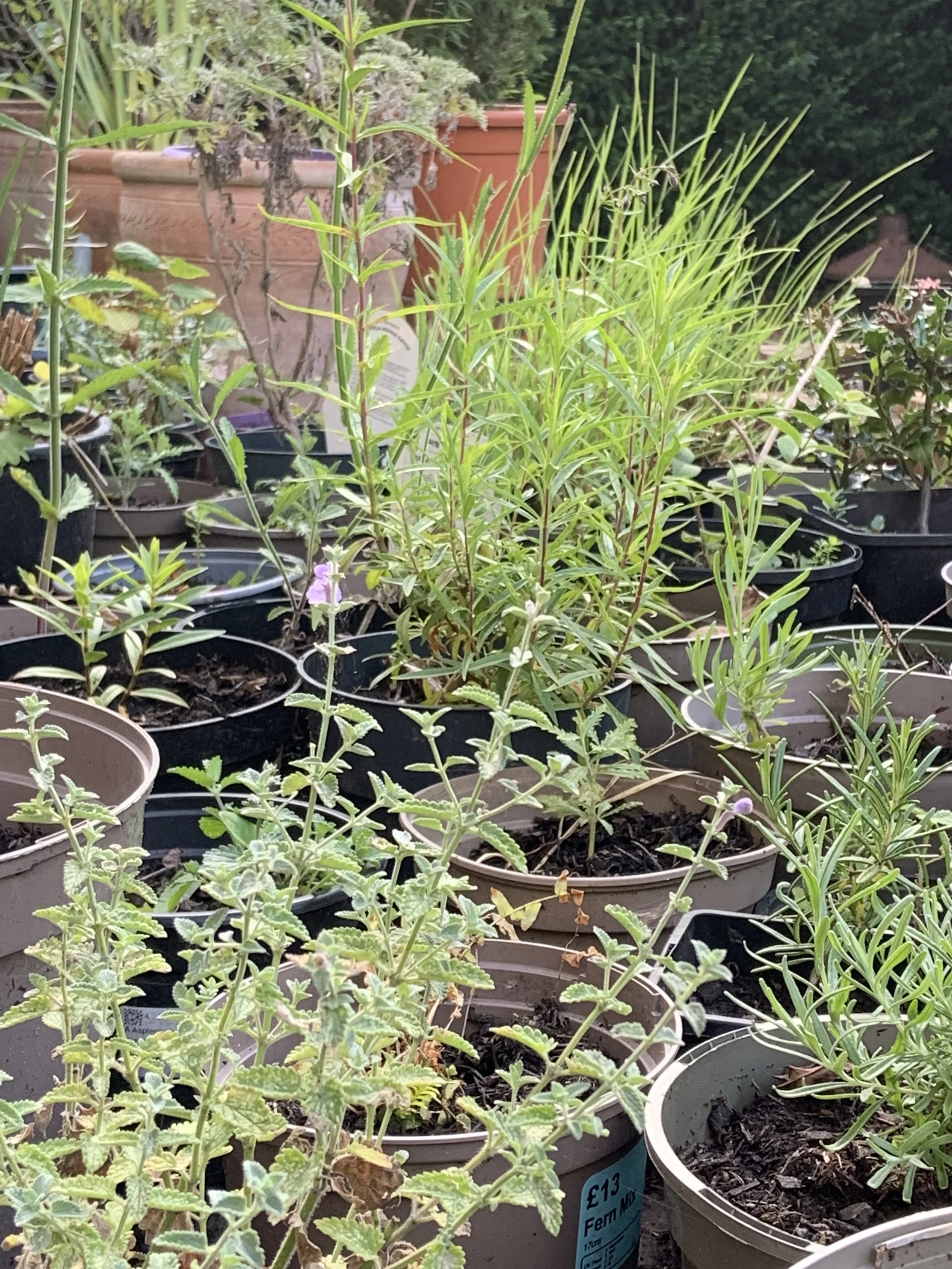Going Green?
I haven’t mentioned sustainability here yet, but it’s something that is always present in my mind when designing and working with suppliers and contractors. It’s so much in the news that it’s tempting to ignore it, but there are simple ways we can contribute to a better world, no matter how small, and it will make a difference.
Why act at all? Our environment is definitely in need of some help, and no matter your thoughts on the state of the planet, surely a lighter touch on the earth is a good thing. A few tweaks in your garden can benefit wildlife, which in turn creates a better environment for all. Insects pollinate the majority of our fruit and crops, fungi help rot down dead matter, and facilitate communication between trees to help resist attacks (yes!).
Here are ten ideas that you can incorporate into your garden that won’t cost you anything at all.
1. If you have a lawn, leave it to grow during ‘No-Mow May’, or leave a small patch to itself through the year. This benefits pollinator insects who feast on the pretty flowers that will appear, and less mowing brings down your energy use.
2. Cut back perennials in early spring, not autumn. Songbirds feed on the seedheads and insects overwintering in the foliage, and you can enjoy the structure of frosted plants through the winter
3. Right plant, right place is the mantra. Choose plants that suit your soil, and they will thrive with much less intervention, less water, less maintenance.
4. Take cuttings of your favourite plants to fill out your borders. It’s fun, costs nothing, the carbon footprint is nil, and you will know your plant does well in your soil
5. Reduce your hard landscaping, or at least cover some with pots. Plants create cooler conditions, so greater ‘green’ coverage in summer will make your outside space cooler. They will also absorb CO2
6. If you need to water your garden, water early or late in the day, and a deep watering less often is better than a daily sprinkle: less water evaporation means water is saved, and plants become more resilient by sending roots deep into the soil rather than lingering near the warmer surface. Don’t bother with the lawn, it will come back in the autumn rains
7. Leave a few messy corners; piles of leaves or twigs allow a huge variety of wildlife to live happily, they gradually rot down into leafmould or compost usable on your borders or pots.
8. Potted supermarket herbs? Plant them out- rosemary, thyme, sage, parsley and chives will grow beautifully in your borders, and you can ‘cut and come again’.
9. Compost your kitchen peelings and plant trimmings- even a small garden can usually accommodate a small compost bin, this reduces your council kitchen and green waste, reducing your carbon usage
10. ‘Chop and Drop’- when you do come to cut back perennials, chop the stalks into small lengths and place around the roots like a mulch, as they rot they feed the plant directly and help prevent water evaporation
11. BONUS! Dig as little as possible-reduces carbon release, allows essential and beneficial fungi and bacteria to do their work undisturbed, and you won’t put out your back....
But what can I do myself, I hear you ask...
Loving Your Garden podcast
It was a real privilege to be asked to talk with Rod McCall Whiting and John Stirland a few weeks ago on the LovingYourGarden podcast, discussing my show garden at Belvoir Castle Flower Show this year, and design and planting tips for small gardens in general. I was very nervous, but they put me so much at my ease, the time flew past and I had lots of fun too, and there was lots more we could have said. I am so pleased that Rod and John's podcasts have been nominated in the Garden Media Guild awards for best podcast of 2022. Very honoured to have been involved in both the show and the podcast.
If you would like to listen it’s about an hour long-
https://www.buzzsprout.com/1904093/11640226


